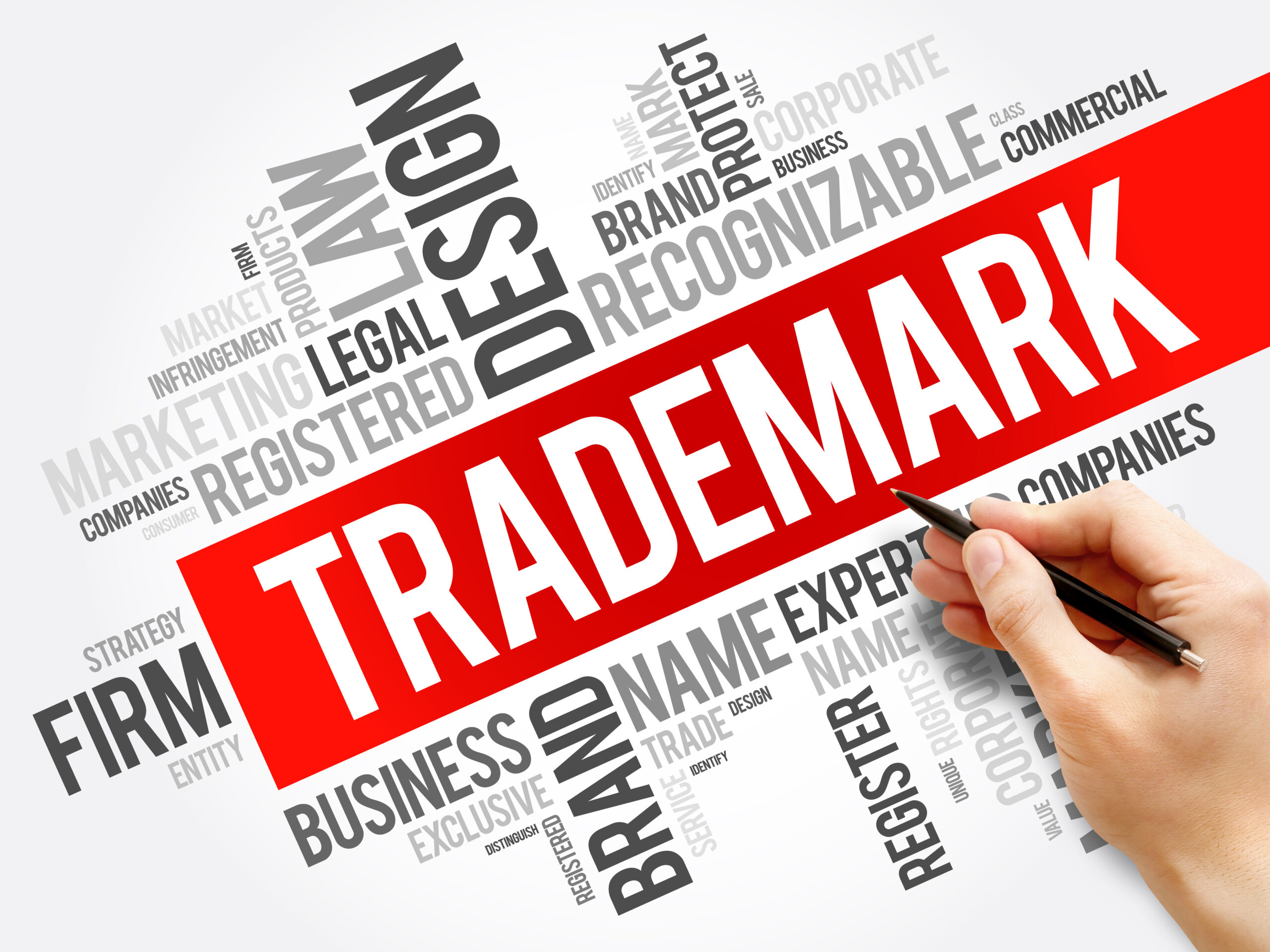Trademarks serve as valuable assets that safeguard a company’s name, logo, slogan, or other distinctive elements from unauthorized use by competitors. However, business owners may be unsure about whether they should apply for state or federal trademark registrations. This article explores the differences between state and federal trademarks and their respective benefits. What Is a State Trademark? A state trademark …
What To Do If A Competitor Has Registered Your Trademark
The United States Patent and Trademark Office (USPTO) will refuse registration of a trademark that is confusingly similar to an existing registration. They do not review any unregistered use in the marketplace when making this determination. If a competitor files a trademark application first, the USPTO will not refuse registration based on prior use in the marketplace, even if that …
Best Practices for Selecting a New Trademark While Avoiding Risks
The trademark selection process can be daunting. There are multiple business, marketing, and legal considerations that can often conflict. Whether an established business is selecting a trademark for a new product launch or a start-up is adopting its first trademark to define its brand identity, it is important to be proactive and adopt best practices. Doing so can help secure …
Descriptive Marks: Balancing Marketing Needs with Trademark Rights
A strong trademark can be a tremendous asset to a business. Trademarks are generally categorized as fanciful, arbitrary, suggestive, descriptive, or generic, from strongest to weakest. Descriptive marks fall on the weaker end of the spectrum but can be valuable when used after careful consideration of the risks and benefits. When selecting a trademark, one that conveys information about the …
What to Do If Your Trademark is Rejected
If a USPTO examining attorney believes that your trademark does not comply with the trademark registration requirements, your trademark application will be rejected. This could be for a number of reasons, such as a likelihood of confusion between your mark and another registered trademark, your mark failing to function as a trademark, or your mark being perceived as descriptive or …
Six Common Mistakes to Avoid When Registering a Trademark
Before a trademark application is submitted to the United States Patent and Trademark Office, a large amount of time and money may have already been invested into the selection of the mark. The process of trademark registration can take 18 months or more. Mistakes on a trademark application can, at best, cause further delay and require additional expense, and at …
Four Mistakes That Can Render Your Trademark Application or Registration Void
While the trademark process may seem quite simple, especially in comparison to the patent process, there are quite a number of traps for the unwary or unrepresented applicant to fall into. If made, some of these mistakes are fixable, but unfortunately, some are not and may require starting the application process from the beginning. In this article, we discuss those …
A Comparison of Trademark Registration in the U.S. and China
By Sejal Rajan and Allen Zhou of Jiaquan IP Trademark registration procedures and requirements often vary from country to country. Being knowledgeable of the procedures of a country in which you seek trademark protection helps to ensure that your trademark registrations are granted and maintained. This chart provides a helpful comparison of U.S. and China trademark requirements. United States China …
What’s in a Name? The Dos and Don’ts of Selecting a Trademark
Whether you are launching a new business or adding a new brand to your existing business, selecting the right trademark can have a great impact on its success. A trademark is not just the name of your business and brand, it is a source identifier. It has the potential to quickly convey to a customer information about what you are …
Common Law Trademark Rights
The United States recognizes the rights of trademark owners who are the first to use a mark in connection with particular goods or services. These rights are called common law trademark rights and may be established solely by the use of a trademark in connection with goods or services in interstate commerce. You can acquire common law trademark rights even if …
- Page 1 of 2
- 1
- 2




